
The Jodel D11 Series
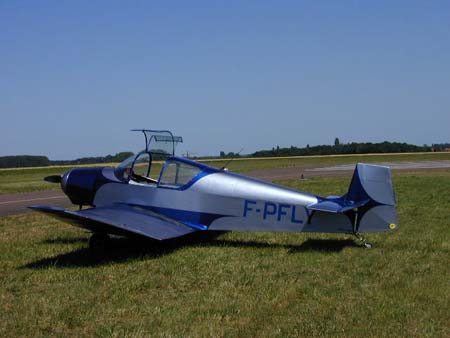
Jodel D112
In 1949, just one year after the first flight of the D9 prototype, Joly and Delemontez were already famous in aviation minded France. It was in that year the the French state decided that it was time to have someone develop a simple aircraft for the ever increasing number of flying clubs around France. Having witnessed the impressive performance of the D9's that were being built by hundreds of amateur builders all over France, they decided to ask the Jodel company to develop a two seater aircraft.
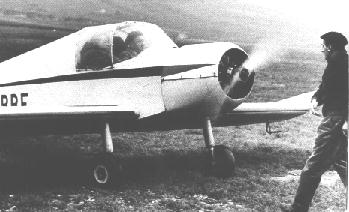
Mr Delemontez swinging the prop. 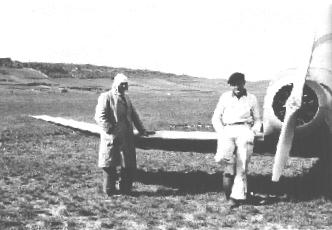
|
The state proposed three different formulas: a high wing aircraft, a low wing, and a biplane. With the success of the low wing D9, it is not surprising that Jodel chose to develop a low wing aircraft. After no less than five months, the state responded to Jodels proposal by demanding that two prototypes should be built. These prototypes would then be bought by the state for the rediculously low price of 3 million ancient Francs. Compare this to the 1.8 million they were paying for purchasing SIPA 901's, a contemporary of the D11. This price was per aircraft, and without engine. Yet, Jodel decided to go ahead and build these planes. One was to be powered by a Salmson 9 cylinder radial engine of 45 hp (this became F-BBBF), the second one (F-BBBG) would receive a four cylinder Minié 4DC32 of 75 hp. This one was named D111. |
|
The D10 project was shelved and the wing design of the D10 was taken as a starting point for the new aircraft. The flaps were omitted for simplicity, the wing was shortened by 50 cm, the fuselage was basically a streched D9 fuselage, widened to house two people. Working day and night to finish the two aircraft in time (the Jodel company counted 3 people at the time), they managed to meet their deadline. The first one flew on 4 April 1950, the second one on 8 May of that same year. The state liked the aircraft and bought 11 of them. These were then constructed at Jodel, permitting Delemontez to buy himself a Citroën 2CV and start the construction of his house. The D11 series became very popular with French aeroclubs, who have built numerous examples of the breed as a very affordable plane for their members. |
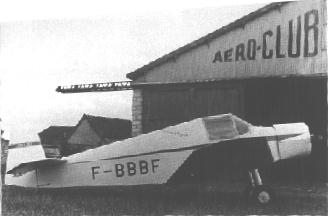 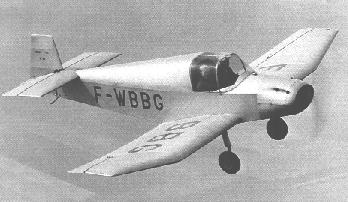 |
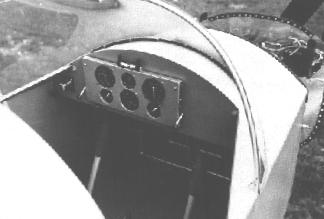
Makes you wonder why modern day aircraft carry all this bells end whistles around... |
At the time, Jodel had the habit of taking their aircraft around the country to show them to people at the airfields they visited. Joly usually took the D9 while Delemontez had the luxury of flying the D11. This proved to be a succesful way of marketing, and word of mouth did the rest. Soon the Jodels were invited on airshows around the country and sales went uphill. It was at this time that Wassmer showed interest in constructing the D11, and a license deal was struck. Wassmer would produce the first the D112 and D112A with a Continental C-65 engine, and later the C-90 powered D120 Paris-Nice (named after a record flight between Paris and Nice by the Wassmer company pilot).
It was this D120 that would become the most luxurious of the D11 series. Wassmer made a number of changes to the design:
- Fitment of a Continental C90 engine, producing 95 hp
- Fitment of an electrical system
- Lengthened exhaust for extra silencing
- Hydrolic brakes
- Wheel pants
- Small prop spinner
- Fuel tank of 120 liters
- Better air regulation in the cabin, including cabin heat
- Possibility to take 40 kg of luggage
- Extra instruments and avionics. Including 8(!) channel radio
Unfortunately, Wassmer went belly up. They have been producing D112's from 1951 and D120's between 1952 and 1958.
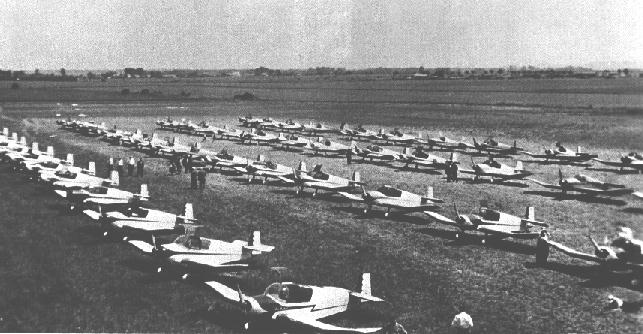
Fly-in of large number of Jodels in the mid 1950's
In the mean time, other people struck similar deals with Jodel and started building their own versions of the D11. Lucien Query of SAN being the most notable.
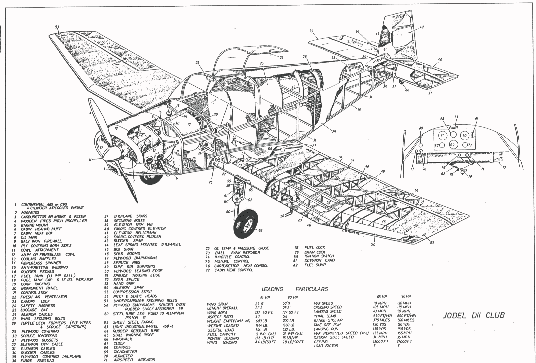
Exploded view of the D11. This is the Australian version, nicknamed Club.
Click on the picture to get a large version (358 kB).
Because of this, a large number of D11 versions exist today, all using the distict numbering:
| Type | Engine | Power | Maker |
| D11 | Salmson 9 ADB | 45 hp | Avions Jodel |
| D111 | Minié 4DC32 | 75 hp | Avions Jodel |
| D112 | Continental A65 | 65 hp | Amateur |
| D112, D112A | Continental A65 | 65 hp | Wassmer |
| D112 | Continental A65 | 65 hp | SAN |
| D112 | Continental A65 | 65 hp | SAN |
| D112 | Continental A65 | 65 hp | Denize-Renard |
| D112 | Continental A65 | 65 hp | Passot-Dormoy |
| D112 | Continental A65 | 65 hp | Sauze-Ginoux |
| D112 D | Continental A65 | 65 hp | Valladeau |
| D112 V | Continental A65 | 65 hp | EAC |
| D113 | Continental O-200 A | 100 hp | Amateur |
| D114 | Minié 4DA28 | 70 hp | Amateur |
| D115 | Mathis 4GF60 | 75 hp | Amateur |
| D116 | Salmson 9ADR | 60 hp | Amateur |
| D117 | Continental C90 | 95 hp | SAN |
| D117 A | Continental C90 | 95 hp | Alpavia |
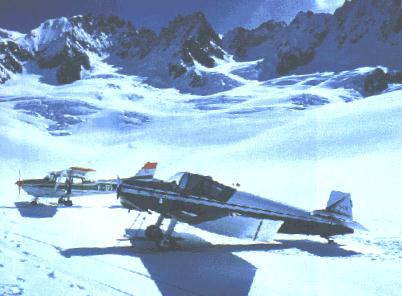
D117 in the snow, mountain flying at its best
| D118 | Walter-Micron II | 61 hp | Amateur |
| D119 | Continental C90 | 95 hp | Amateur |
| D119 D / D119 DA | Continental C90 | 95 hp | Valladeau |
| D119 V | Continental C90 | 95 hp | EAC |
| D120 Paris-Nice/ D120 A/ D120 R/ D120 AR | Continental C90 | 95 hp | Wassmer |
| D121 | Continental A75 | 75 hp | Amateur |
| D122 | Praga | 75 hp | Amateur |
| D123 | Salmson AP01 | 83 hp | Amateur |
| D124 | Salmson 5AQ01 | 79 hp | Amateur |
| D125 | Kaiser K90 | 90 hp | Amateur |
| D126 | Continental A85 | 85 hp | Amateur |
| D127 | Continental A65 | 65 hp | EAC |
| D128 | Continental C90 | 95 hp | EAC |
| D11 Spécial | Chabay-Westinghouse | 115 hp | Amateur |
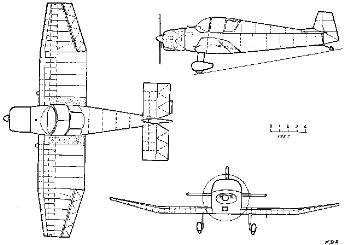
Specifications with 100hp O-200 engine
| Overall dimensions: | ||
| Length | 20.4 ft | 6.2 m |
| Wing span | 27 ft | 8.2 m |
| Wing area | 137 sq.ft | 12.7 m2 |
| Weights and loadings: | ||
| Empty weight | 750 lbs | 340 kg |
| Max AUW | 1360 lbs | 620 kg |
| Usefull load | 610 lbs | 280 kg |
| Wing loading | 9.9 lbs/sq.ft | 49 kg/m2 |
| Power loading | 13.6 lbs/hp | 6.2 kg/hp |
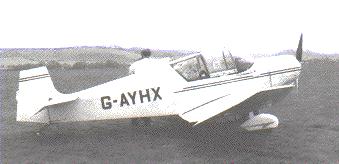
| Other specs: | ||
| Gear | Tailwheel | |
| Seats | 2 | |
| Controls | Stick and rudder | |
| Materials | Wood and fabric | |
| Engine: | ||
| Different types used: | Continental A65, A75, C85, C90, O-200 | |
| Performance: | ||
| Max speed, sea level | 130 mph | 210 km/h |
| Cruise speed | 118 mph | 190 km/h |
| Stall speed | 30 mph | 50 km/h |
| Climb rate | 790 fpm | 4 m/s |
| Range | 560 miles | 900 km |
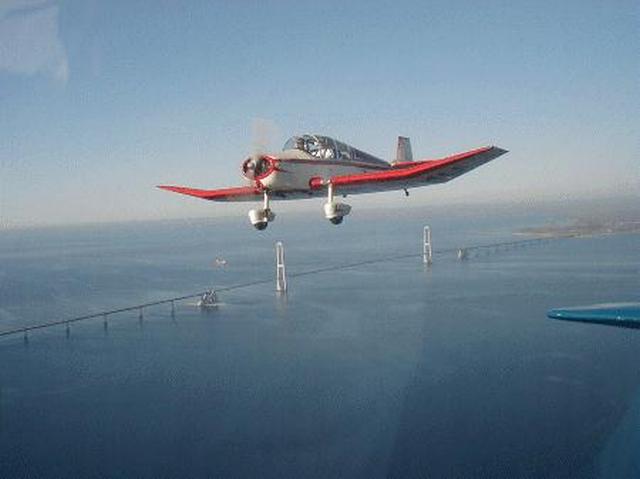
Author Hans Teijgeler
The photos in this web site are from the excellent book by Xavier Massé,
sent in by happy Jodel owners, lifted from the web or taken by myself.